Search Birds by Size
Size is an important clue to a bird’s identity.
Size is often very hard to judge, and can even create confusion with very skilled birders.
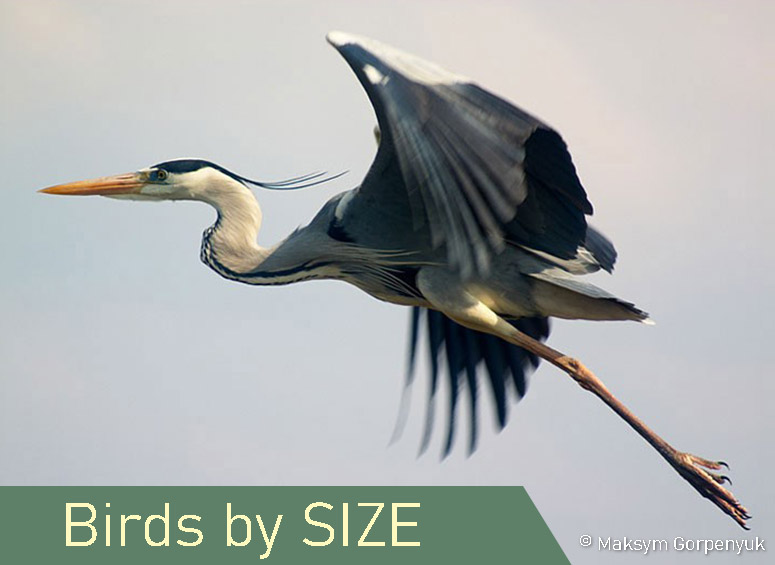
When estimating size, try to locate a nearby bird or object of known size, and compare it to the size of the unknown bird.
Keep a very open mind on the size of the bird if you have little experience in bird identification and have not been able to compare your bird with an object of known size. We regularly receive images of birds to identify that have a size estimate that is 2 to 5 times under or over the actual size of the bird.
Size by itself, while important, is not always a big help.
What is small to someone might be medium or even large to someone else. Or, is a large songbird larger than a small raptor? Without some experience, general statements of size can lead to confusion.
To provide some idea of the range of bird sizes, we have created the following categories. The categories are arbitrary but will provide some point of reference. Some species within a family group may fall within a larger or smaller category.
Largest Birds
25 to 39 inches in length
Some egrets and herons, hawks, eagles, falcons, spoonbills, geese, loons
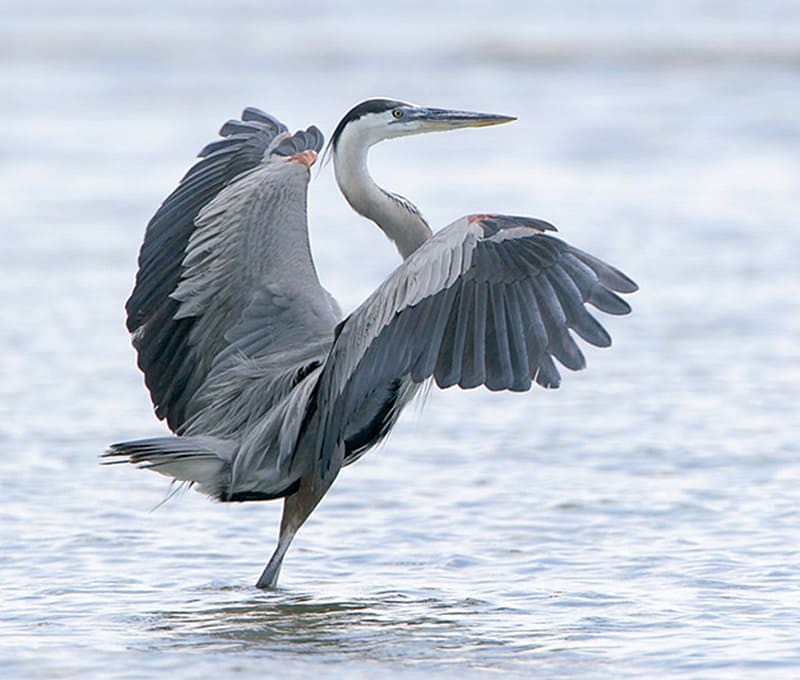
Great Blue Heron
Medium Sized Birds
10 to 24 inches in length
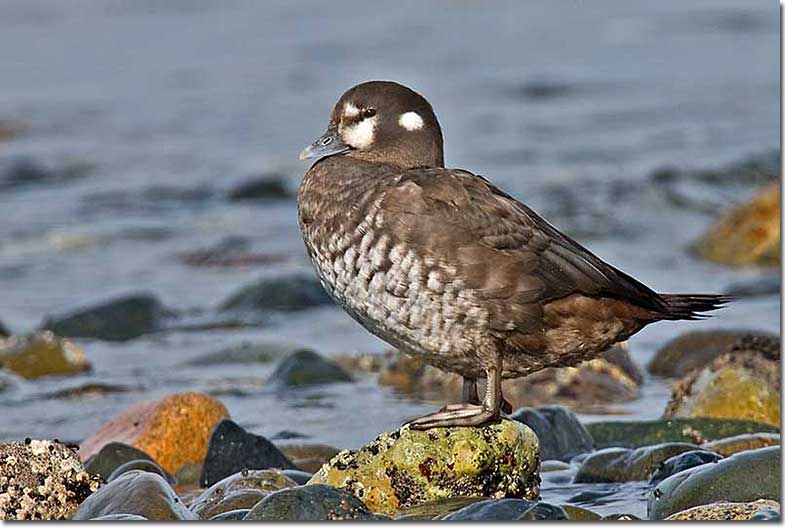 Ducks, larger shorebirds, gulls and terns, smaller raptors, doves, jays, grackles
Ducks, larger shorebirds, gulls and terns, smaller raptors, doves, jays, grackles
Small Birds
5 to 9 inches in length
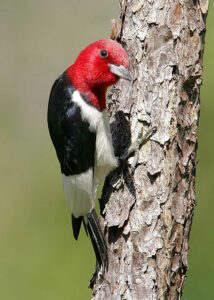
Smaller shorebirds, flycatchers, woodpeckers, bluebirds, vireos, warblers, sparrows, towhees, buntings, blackbirds, orioles, finches, titmice, chickadees
Very Small Birds
less than 5 inches in length
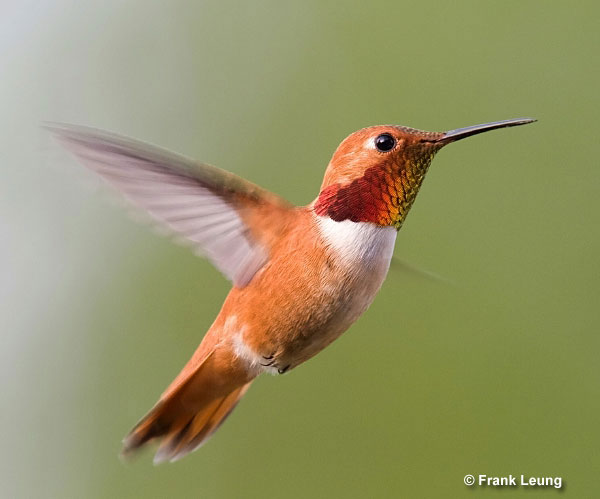
Hummingbirds, gnatcatchers, bushtits
Some of the biggest birds
The biggest birds in the world are ostriches (Struthio camelus), which are flightless birds native to Africa. Ostriches can grow up to 9 feet tall and weigh up to 350 pounds, making them the largest living species of bird in the world.
Another large bird species is the cassowary (Casuarius spp.), which is native to the rainforests of New Guinea and northeastern Australia. Cassowaries can grow up to 6 feet tall and weigh up to 165 pounds.
The Andean condor (Vultur gryphus) is another large bird species, with males growing up to 4 feet tall and weighing up to 33 pounds.
The emu (Dromaius novaehollandiae) is also a large bird species, native to Australia, that can grow up to 6.2 feet tall and weigh up to 140 pounds.
These birds, along with other large species such as the African grey parrot (Psittacus erithacus), the kea parrot (Nestor notabilis), and the ostrich-like moa (Dinornis) that are now extinct, demonstrate the great size and diversity of the avian world.
And smallest…
The smallest birds in the world are some species of hummingbirds (the smallest species of hummingbird is the Bee Hummingbird (Mellisuga helenae)), which is found in Cuba and the Isla de la Juventud in Mexico. It measures only ~6 cm in length and weighs approximately 1.95 g, making it the smallest bird species in the world.
Another small bird species is the Western Buff-tailed Sicklebill (Eutoxeres aquila), which is found in South America and is also one of the smallest hummingbird species.
